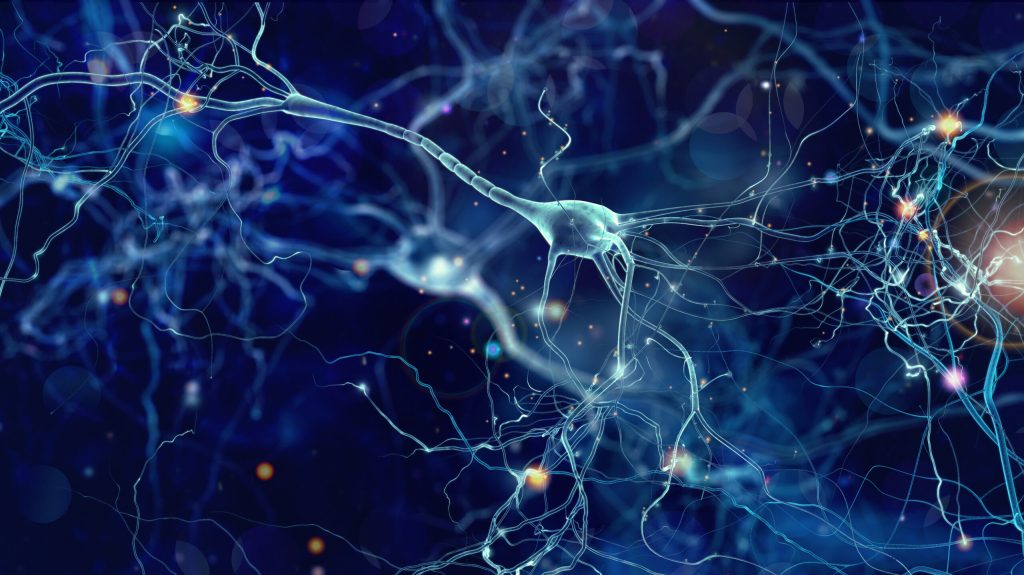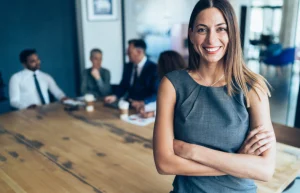How Neurofeedback treat ADHD?
The most traditional treatment of is stimulant medication. However, medication may come with side effects—and it treats the symptoms, not the root cause of the problem. Think of the common cold. The cause is a virus, and the symptoms are often a sore throat, runny nose, and cough. You can treat the symptoms with over-the-counter medications that will temporarily relieve or stop them. However, they do nothing actually to get rid of the virus. So, if stimulant medications relieve the symptoms of ADHD, what will treat the actual cause? Enter Neurofeedback.
What is Neurofeedback?
Neurofeedback is not medication. It is a technique, a learning process, that teaches you to control certain brain functions.
Put another way, once you swallow medication, you are no longer in control of it. You have given up control of the little pill and are subject to its effects and side effects on your body. The pill may make you sleepy; it may make you nauseous. If you have an allergy to it, it may cause you to break out in hives. It could even kill you…
With Neurofeedback, though, you are in complete control. In the process of Neurofeedback, you are retraining your brain to act in different and better ways.
How is this accomplished?
How does Neurofeedback work?
Your brain is very complex, and there’s a lot of stuff going on up there. One very important part of your brain is brainwaves, which are patterns of electrical pulses that enable the various parts of your brain to communicate.
For our purposes, we’re going to keep it simple, and we are going to concentrate on only five types of brain waves: alpha, beta (BAY-ta), delta, gamma, and theta (THAY-ta) waves. Each of these brainwaves moves at different speeds (frequencies) through the brain and each has a particular effect on the brain. Frequencies are measured in hertz (abbreviated Hz.)
Think of a symphony orchestra. You’re sitting in the concert hall, and the percussionist is beating the timpani (kettle drum) in long, slow beats. This represents the delta waves—the slowest of the brain waves. It’s almost a hypnotic sound—you find yourself falling asleep. Suddenly the flute joins in with very fast, high-pitched notes. Those are the gamma waves—the fastest of the brain waves. Suddenly you’re wide-awake and energized! The other brainwaves correspond to other instruments in the orchestra—not as slow as the drumbeat and not as fast and excitable as the flute.
How does Neurofeedback treat ADHD:
Following are the five brainwaves broken down into their frequencies and their general characteristics.
- Frequency range 1–4 Hz. Associated with deep, restorative sleep, unawareness, deep unconsciousness.
- Frequency range 4–8 Hz. Associated with periods of creativity; insight; daydreaming; depression; anxiety; and distractibility.
- Frequency range 8–12 Hz. Associated with alertness; peacefulness; readiness; meditation; physical relaxation.
- Frequency range 13–30 Hz. Associated with thinking, focusing, sustained attention; tension; alertness; intensity; excitement.
- Frequency range above 30Hz. Associated with learning; cognitive processing; intensely focused attention; problem-solving tasks; mental sharpness; memory.
You always have some degree of each of these brainwave frequencies present in different parts of your brain. For example, if you become drowsy, more delta waves creep in. If you are inattentive to what’s going on around you and your mind is wandering, theta waves tend to build up. If you suddenly become anxious and tense, an excessively high frequency of beta waves may be present in different parts of your brain.
A person with ADHD tends to have too many slow waves (usually theta and sometimes alpha) present in the front part of the brain (frontal cortex). As a result, this person will generally have problems with concentration and focus; memory; impulse control; mood regulation; and hyperactivity.
Neurofeedback Training for ADHD
Let’s say you have ADHD and want to try Neurofeedback.
A clinician with specialized expertise in brain function will do the testing. Because Neurofeedback is not one-size-fits-all, an assessment of your brainwaves is necessary to find out if you have too many or too few frequencies in various parts of your brain. Your neurofeedback treatment can then be tailored specifically for your brain.
The clinician will place electrodes at various places on your head, corresponding to various parts of your brain. Rather, the electrodes will measure your brain activity—and you will be able to see it instantly on a computer screen!
Once the assessment is complete, your Neurofeedback treatment can begin. Your treatment may be only 30 or 40 sessions, or maybe up to 60 sessions, depending on the severity of your ADHD. Each session lasts about 45 to 50 minutes.
At the beginning of each session, one or more electrodes will be placed on your scalp. You may then be asked to play a video game using only your brain. You will use your mind to control what is happening on the video screen.
When your brain functions the way it’s supposed to, the computer will give you on-screen rewards. If you get distracted, the computer will let you know that you need to readjust your focus. With a little practice, you can control your brain activity and play the whole game without interruption.
In another example, you may be asked to watch your favorite movie instead of playing a video game. When your brain is focused, the movie plays. If you get distracted, the sound fades, and the picture goes black—a signal that you need to refocus your brain.
What you are doing is retraining your brain to exist in a more focused state. You are actually changing your brain! Eventually, you will automatically focus and won’t have to be reminded to do so by a black picture or fading sound.
Think of it this way. There was a point in your life when you didn’t know how to ride a bike. When you started out, you had to learn how to balance, how to pedal, how to steer, how to go around corners, and where to look.
Once in a while you may have fallen off the bike, which reminded you to pay more attention to what you were doing. Eventually, though, when you hopped on the bike, you didn’t have to think about pedaling and balance—your brain automatically knew what to do! And if twenty years went by and you had not ridden a bike in all those years, your brain would know exactly what to do next time you got on a bike.
That’s exactly how neurofeedback helps you control your ADHD symptoms. You don’t have to be reminded to focus—your brain just does it.
You’re in Control!
Neurofeedback is safe, and gives you control of healing and organizing your brain. You are not a victim of the brain you were born with. You are the master of the brain you have altered with Neurofeedback. If you or someone you love is interested in trying an alternative, non-invasive therapy, or to augment a current treatment, get in touch with Elumind’s Client Care and schedule a therapeutic assessment and start the journey of healing.
How does Neurofeedback treat ADHD…
Elumind Centres for Brain Excellence is an integrated mental health centre offering solutions that can help you with your mental/brain health needs. To start your journey, book your FREE 15-MINUTE PHONE CONSULTATION. We are here for you.









